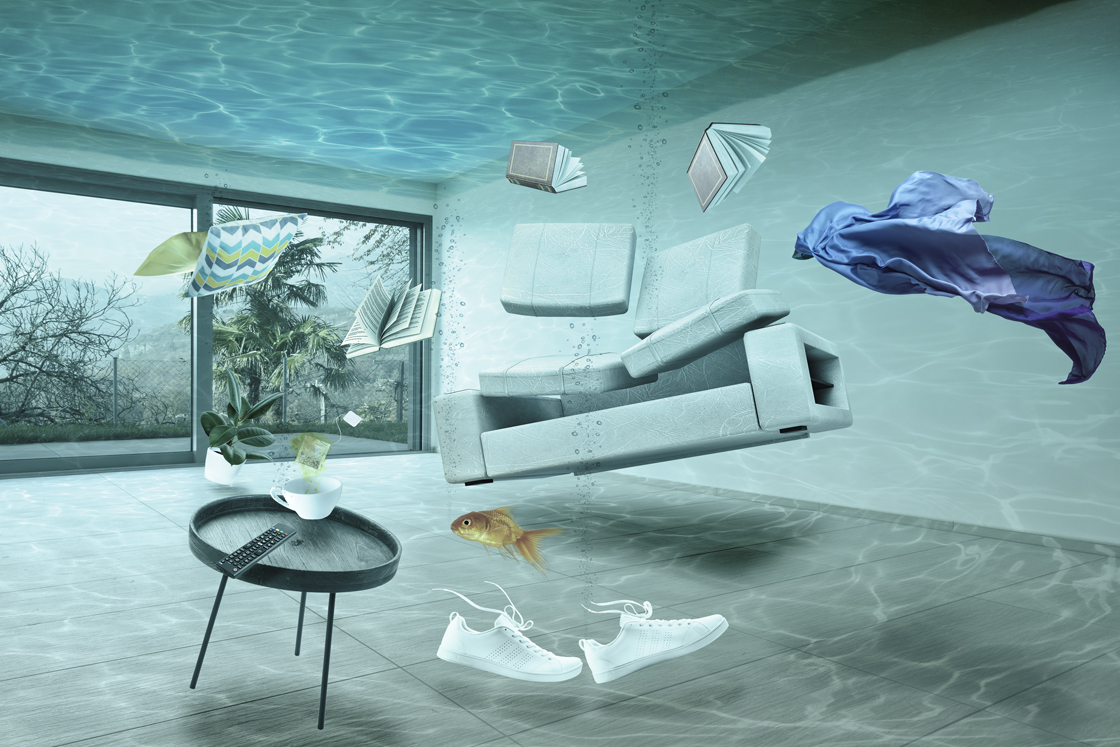Locating Hidden Water Line Leaks: Six Smart Methods
Locating Hidden Water Line Leaks: Six Smart Methods
Blog Article
This great article listed below relating to Finding hidden leaks is incredibly insightful. Read it yourself and figure out what you think of it.

Early detection of leaking water lines can alleviate a possible calamity. In addition to conserving you money, it will minimize the worry and also aggravation. The moment you find a leak, calling your plumber for repair work is the very best solution. Some tiny water leakages might not be noticeable. If you can not spot it with your nude eyes, here are some hacks that assist.
1. Take A Look At the Water Meter
Examining it is a proven means that aids you discover leakages. If it relocates, that indicates a fast-moving leakage. This means you might have a slow leakage that can also be below ground.
2. Check Water Consumption
If you detect unexpected changes, despite your intake being the exact same, it implies that you have leaks in your plumbing system. An abrupt spike in your bill suggests a fast-moving leak.
A constant boost every month, also with the exact same behaviors, reveals you have a slow leak that's likewise gradually escalating. Call a plumber to thoroughly examine your residential property, particularly if you really feel a cozy area on your floor with piping beneath.
3. Do a Food Coloring Test
When it concerns water consumption, 30% originates from toilets. Test to see if they are running effectively. Decrease specks of food color in the storage tank and also wait 10 minutes. There's a leakage in between the container as well as bowl if the shade in some way infiltrates your dish throughout that time without flushing.
4. Asses Outside Lines
Do not neglect to check your outdoor water lines too. Must water permeate out of the connection, you have a loose rubber gasket. One tiny leakage can throw away bunches of water as well as spike your water expense.
5. Analyze the scenario and also check
House owners should make it a behavior to examine under the sink counters as well as also inside cabinets for any type of bad odor or mold and mildew growth. These 2 red flags indicate a leakage so prompt focus is needed. Doing routine inspections, even bi-annually, can save you from a major problem.
Examine for stainings as well as compromising as most appliances and pipes have a life span. If you presume leaking water lines in your plumbing system, do not wait for it to escalate.
Early discovery of dripping water lines can mitigate a prospective catastrophe. Some tiny water leaks may not be noticeable. Examining it is a proven method that assists you find leaks. One little leakage can throw away loads of water and surge your water bill.
If you believe leaking water lines in your plumbing system, don't wait for it to intensify.
WARNING SIGNS OF WATER LEAKAGE BEHIND THE WALL
PERSISTENT MUSTY ODORS
As water slowly drips from a leaky pipe inside the wall, flooring and sheetrock stay damp and develop an odor similar to wet cardboard. It generates a musty smell that can help you find hidden leaks.
MOLD IN UNUSUAL AREAS
Mold usually grows in wet areas like kitchens, baths and laundry rooms. If you spot the stuff on walls or baseboards in other rooms of the house, it’s a good indicator of undetected water leaks.
STAINS THAT GROW
When mold thrives around a leaky pipe, it sometimes takes hold on the inside surface of the affected wall. A growing stain on otherwise clean sheetrock is often your sign of a hidden plumbing problem.
PEELING OR BUBBLING WALLPAPER / PAINT
This clue is easy to miss in rooms that don’t get much use. When you see wallpaper separating along seams or paint bubbling or flaking off the wall, blame sheetrock that stays wet because of an undetected leak.
BUCKLED CEILINGS AND STAINED FLOORS
If ceilings or floors in bathrooms, kitchens or laundry areas develop structural problems, don’t rule out constant damp inside the walls. Wet sheetrock can affect adjacent framing, flooring and ceilings.
https://www.servicemasterbyzaba.com/blog/how-to-detect-water-leakage-in-walls/

I am very involved in Locating water leaks and I am assuming you liked the new blog post. Do you know about somebody who is curious about the niche? Please feel free to promote it. We cherish reading our article about Detecting hidden plumbing leaks.
Drips? Dial fast! Report this page